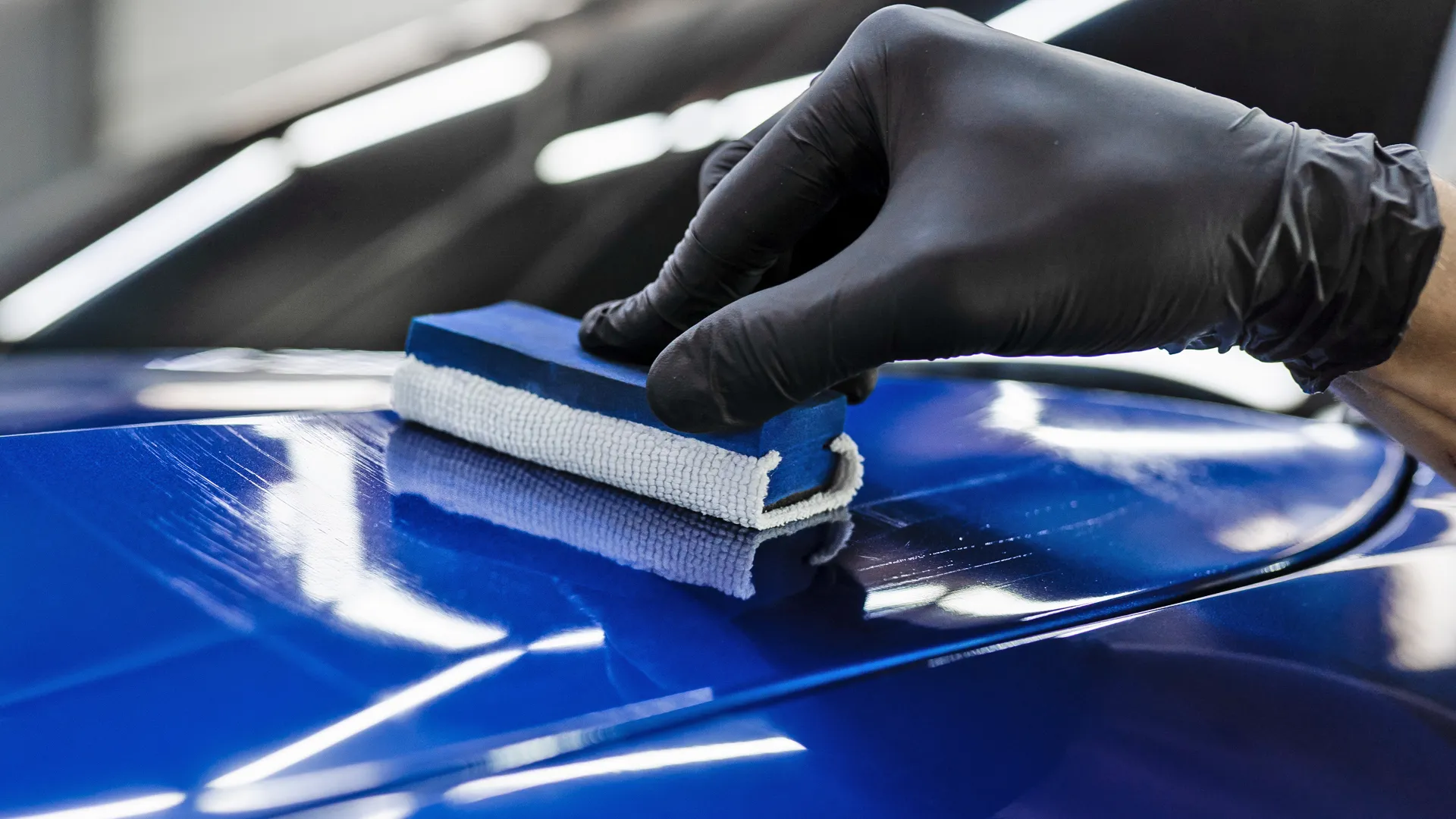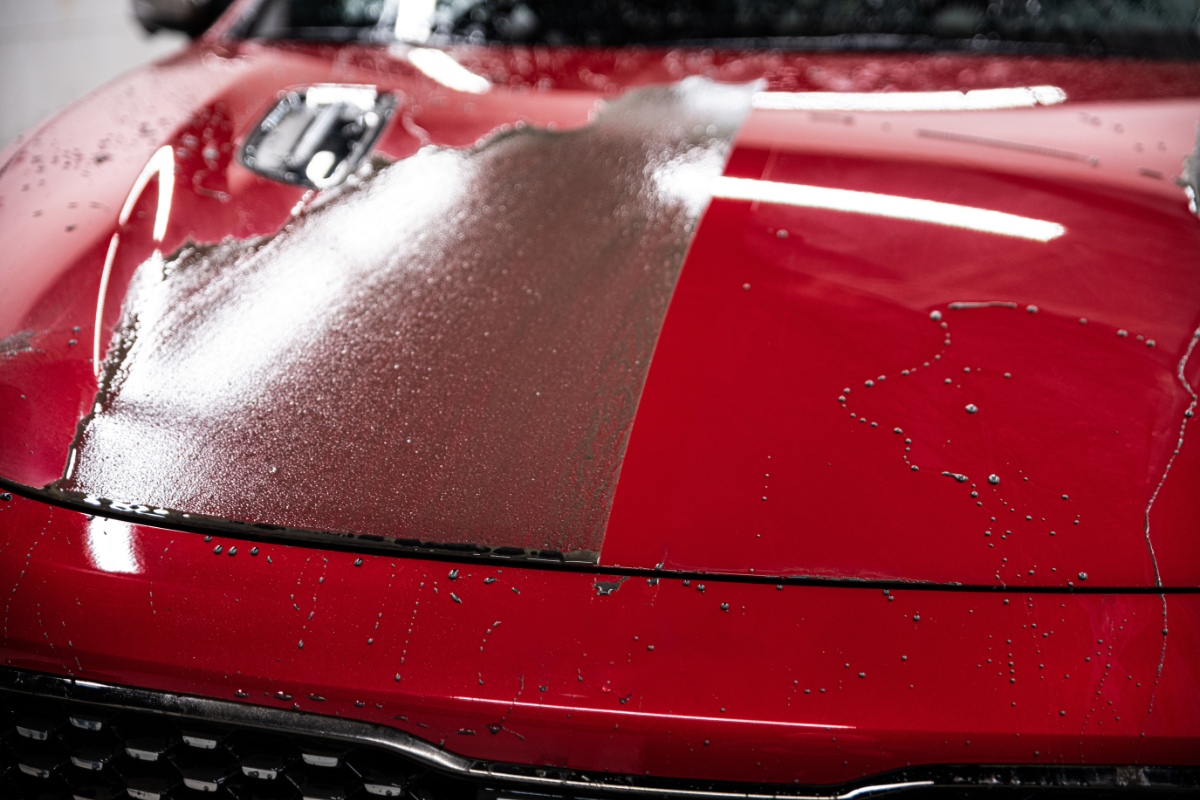A Comprehensive Overview to the Kinds Of Ceramic Layer on the Market
Ceramic finishings have actually emerged as an essential remedy throughout various markets due to their unique properties and applications. As we discover the unique attributes and applications of these coverings, the effects for performance and durability come to be increasingly evident, increasing inquiries concerning which type may ideal match your needs.
Recognizing Ceramic Coatings
Ceramic finishings are innovative protective solutions that have gained popularity in various sectors, specifically in auto and aerospace applications. These layers are composed of a liquid polymer that, when cured, forms a durable, hydrophobic layer externally of the substratum. This layer supplies enhanced resistance to environmental impurities, UV radiation, and chemical direct exposure, thus prolonging the life and aesthetic appeal of the underlying product.
The fundamental part of ceramic layers is silica, which contributes to their hardness and resilience. The application process typically involves surface prep work, application of the covering, and healing, which can be attained through warm or UV light. Once treated, ceramic coverings exhibit phenomenal bonding residential or commercial properties, allowing them to stick strongly to a selection of surfaces, consisting of metals, plastics, and glass.
Along with their safety features, ceramic coverings also offer convenience of upkeep. Their hydrophobic nature minimizes the adherence of dust and crud, making cleaning simpler and less frequent. Generally, the adoption of ceramic coatings stands for a significant advancement in surface area defense innovation, giving both functional and visual benefits across numerous industries.
Kinds Of Ceramic Coatings
Various types of ceramic coatings are offered, each designed to fulfill specific efficiency demands and applications - Car Detailing. One of the most common types include:
Silica-based Coatings: These layers primarily contain silicon dioxide and are recognized for their sturdiness and chemical resistance. They are extensively utilized in vehicle and commercial applications.
Titanium Dioxide Coatings: Renowned for their photocatalytic residential properties, titanium dioxide layers are frequently applied in environments where self-cleaning and antifungal residential properties are desirable, such as in building products and auto finishes.
Zirconia Coatings: Characterized by their high-temperature stability and thermal resistance, zirconia coatings are used in applications such as generator engines and high-performance automotive components.
Alumina Coatings: Displaying exceptional solidity and thermal stability, alumina layers are frequently utilized in wear-resistant applications, including reducing tools and industrial equipment. - scratch repair sarasota
Hybrid Coatings: Incorporating the homes of various products, hybrid coverings use improved performance features, making them appropriate for special and demanding applications.
Each kind of ceramic covering serves distinctive objectives, permitting customers to select the most appropriate solution based on certain environmental problems and efficiency requirements.
Advantages of Ceramic Coatings
Coatings play a crucial duty in boosting the efficiency and longevity of her comment is here surfaces across different markets. Ceramic coatings, particularly, offer many benefits that make them significantly popular amongst manufacturers and consumers alike. Among the primary advantages is their exceptional longevity. These coverings are immune to scrapes, chemicals, and UV rays, guaranteeing that the underlying surface continues to be safeguarded in time.
In addition to toughness, ceramic finishes give excellent hydrophobic buildings, enabling simple cleaning and maintenance. This water-repellent nature lessens the adherence of dust, crud, and various other impurities, which can prolong the aesthetic allure and capability of the surface. Furthermore, ceramic coverings can dramatically boost thermal resistance, making them ideal for applications that withstand high temperature levels.

Application Process
When applying ceramic finishes, a precise strategy is necessary to achieve optimum outcomes. A clean surface area makes sure appropriate attachment of the layer.
When the surface is prepped, the following step is to use the ceramic finishing. The coating must be applied in slim layers, as thicker applications can lead to uneven finishes.
After application, the finish calls for a details healing time, generally ranging from a few hours to a complete day, depending on the product. Adhering to these steps vigilantly will take full advantage of the performance and long life of the ceramic layer, providing a durable protective layer for the surface.
Upkeep and Durability
To ensure the long life and performance of a ceramic coating, normal upkeep is vital. Ceramic finishes, known for their durability and protective top qualities, need particular treatment regimens to optimize get redirected here their lifespan and efficiency. The primary step in upkeep entails regular washing with pH-neutral soap, avoiding rough chemicals that can degrade the layer. It is recommended to wash the lorry routinely, preferably every two weeks, to stop the accumulation of impurities that could endanger the finishing's stability.
Along with routine washing, routine examinations are vital. Look for signs of wear or damages, such as hydrophobic residential properties diminishing or surface area blemishes. If essential, a light polish might be related to rejuvenate the finish without removing it away.
Moreover, the application of a booster spray can boost the finish's hydrophobic results and recover its gloss. This is especially helpful for finishings that have remained in usage for an extended period. Eventually, by sticking to these upkeep practices, one can substantially prolong the life of a ceramic covering, ensuring that it remains to provide ideal protection versus ecological variables and preserve the visual appeal of the car.
Final thought
